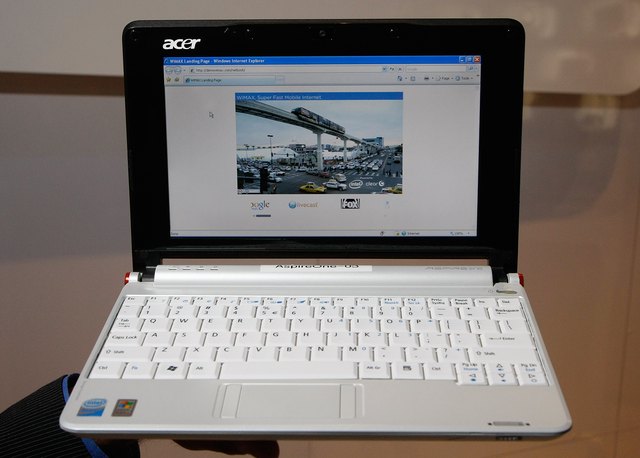
The interface is different from Windows installation. Then select the partition for Ubuntu (whether to choose sda1, sda2, sdb1, sdb2.). Of course, if you want Windows alongside Ubuntu, you should choose the "Something else" option, it's the last one. (Boot, to change the boot device order)Īs for the installation of Ubuntu itself, if you are new to this procedure, take my advice and you should see some explanatory video, for it is reported that some people had some issues when it comes to selecting the installation type. Then you can boot both OS from the same UEFI mode. Afterwards, use Boot-Repair tool to adjust Grub2 (it is an automated process).

If everything else fails then you should install Ubuntu in Legacy mode. You should also disable fast boot (if available) and enable USB boot as well. I followed these exact steps, installed without errors, and am using Ubuntu onįor other UEFI options,you might want to try installing Ubuntu with Secure boot enabled. Select Secure boot, change value to Enabled.Navigate to: HDD0 > EFI > 'ubuntu' and select SHIMX64.EFI.On the BIOS page Select an UEFI file as trusted for executing.(on reboot) Access the BIOS again with F2.Proceed with the installation type of choice.Īfter the installation has completed, and is prompting you to restart: On the Boot priority order move USB-HDD to the top.Select Secure Boot and change value to disable.Use arrow keys to navigate to BOOT screen.Reboot the computer and access the BIOS with F2: (the USB connector on the right side of the computer will not work) Insert USB in the forward left hand side USB connector

Detailed steps I used to successfully install:Ĭreate a boot USB with the Ubuntu image file using Rufus as detailed here:


 0 kommentar(er)
0 kommentar(er)
